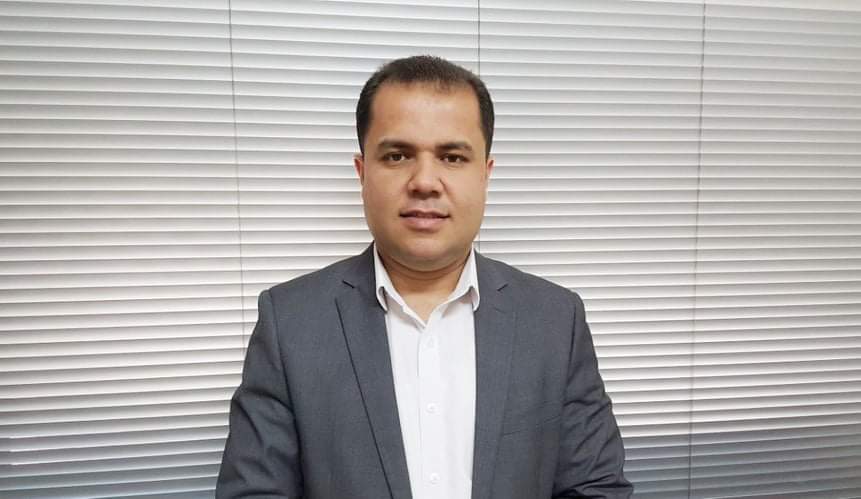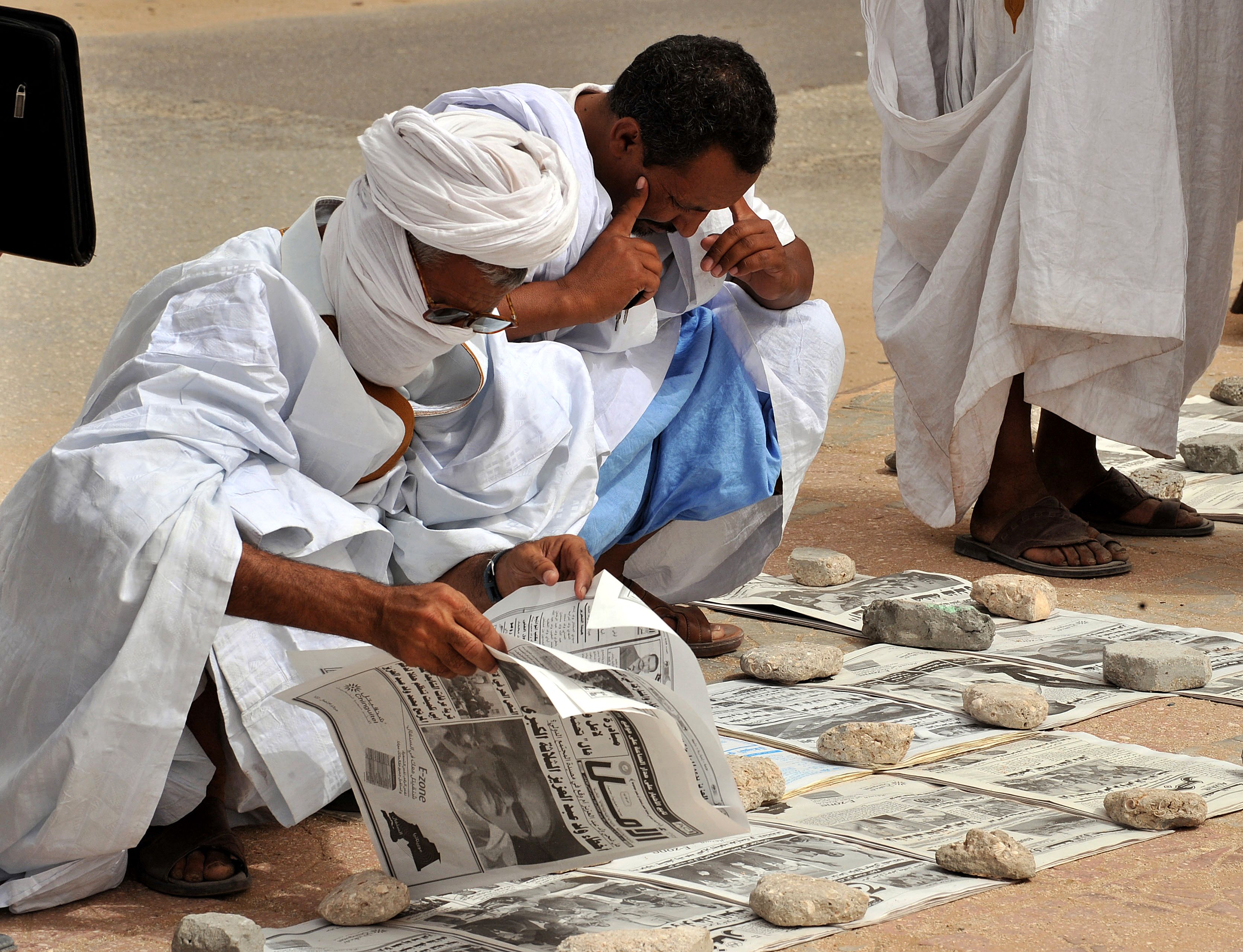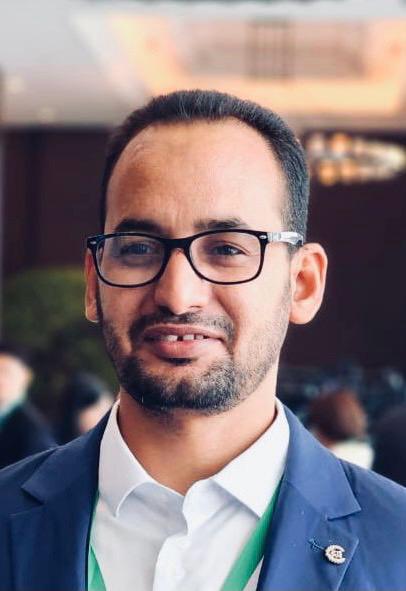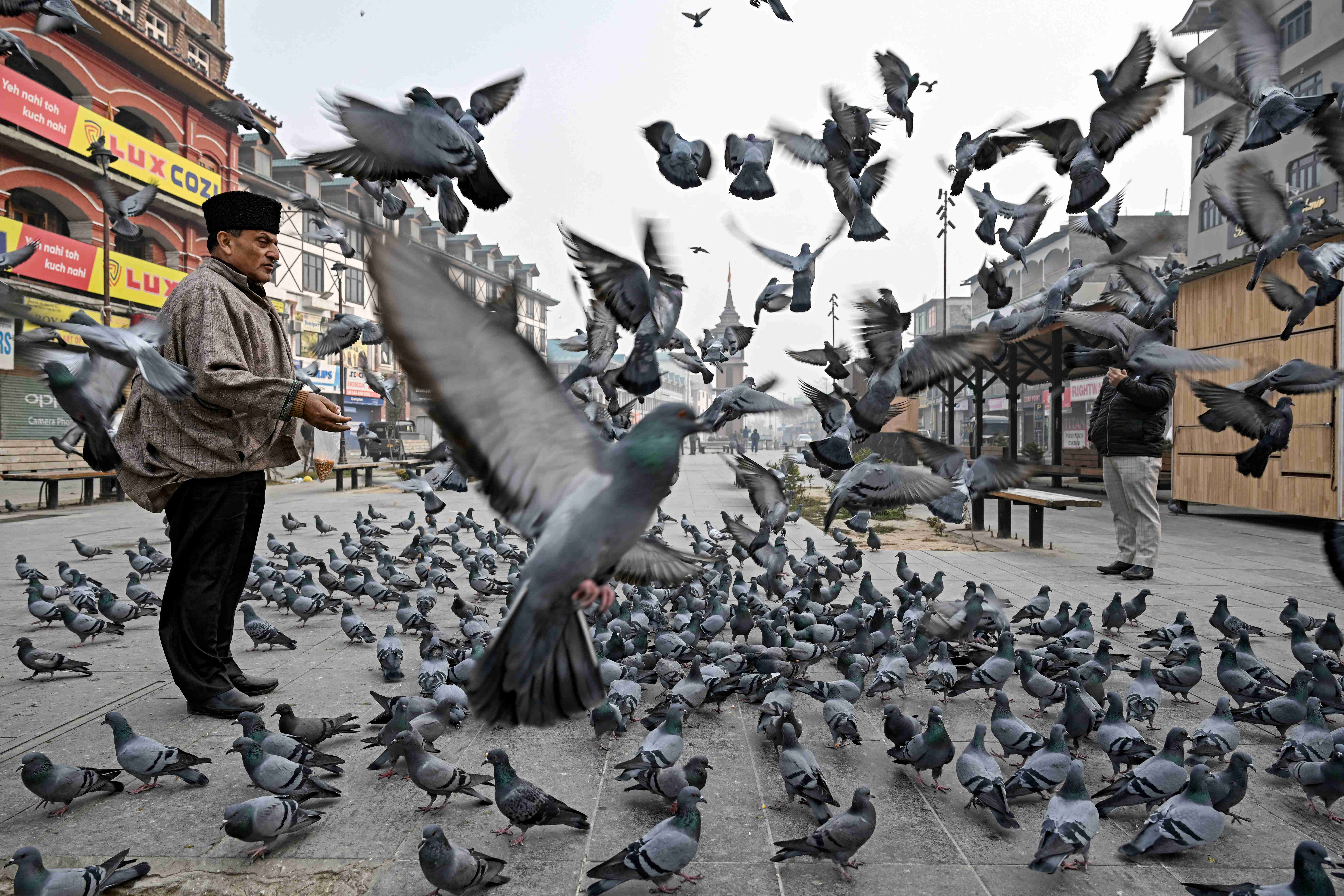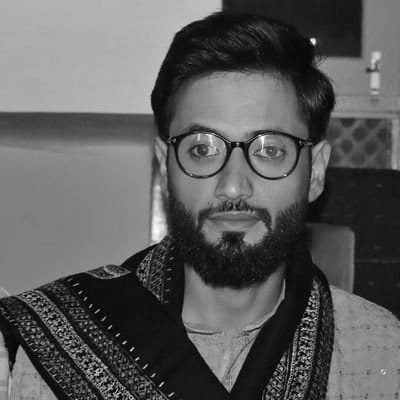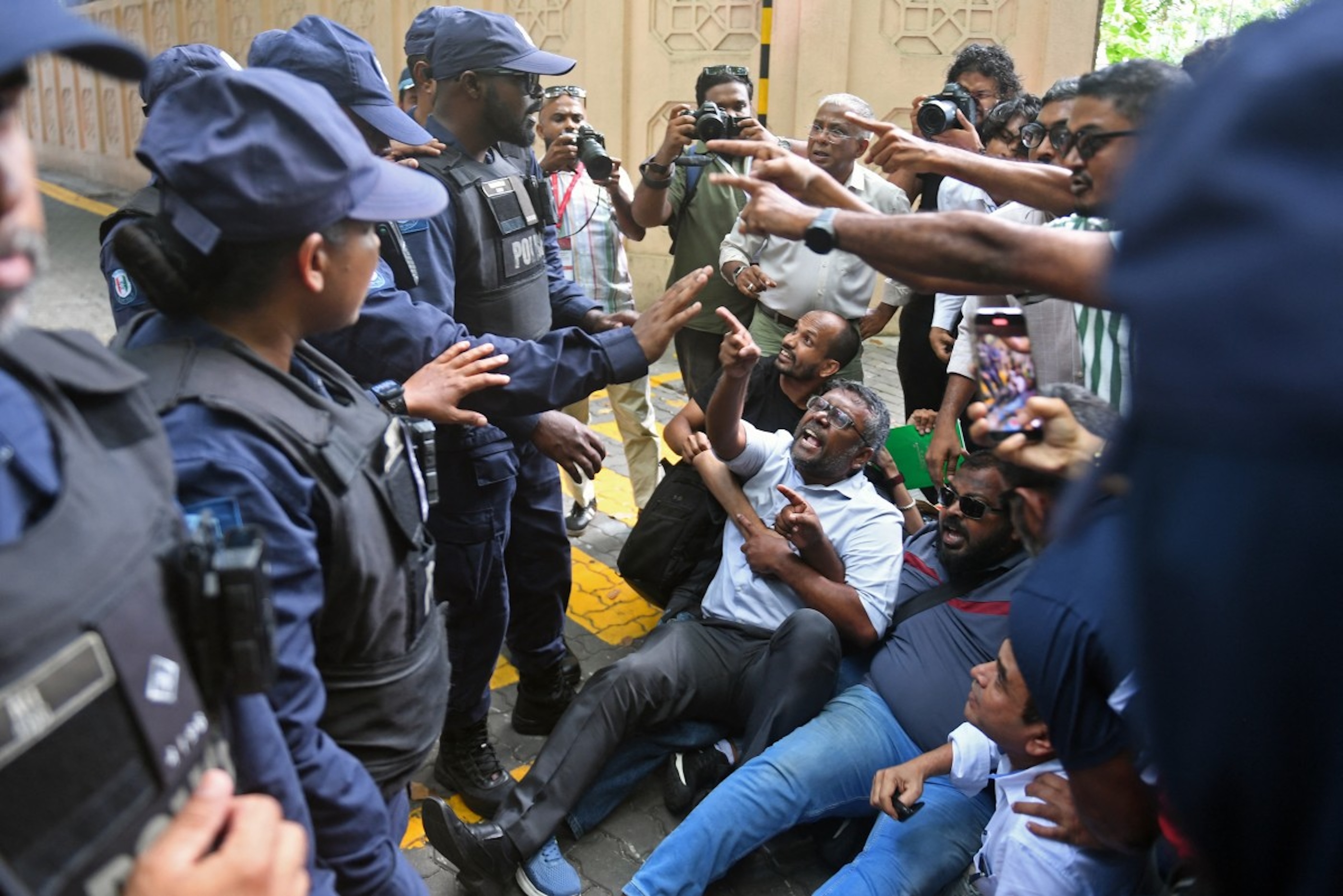في ظهيرة أحد أيام الحرب الثقيلة التي شنها الاحتلال على غزة، كنت متواجدا داخل جناح ثلاجات الموتى في مجمع الشفاء الطبي، لأعد قصة صحفية عن مكفني الشهداء الذين يتكفلون بتجهيز المتوفين قبل تسليمهم لذويهم لاستكمال مراسم دفنهم.
يومها، كان داخل تلك الثلاجات جثمان شاب قضى في قصف إسرائيلي لشقة سكنية، وصل المستشفى قبل أكثر من خمسة عشر ساعة برفقة شهيدين آخرين كانا يتواجدان معه نفس المكان.
تعرفت عائلتا الشهيدين عليهما وتمت مراسم الدفن، وبقي الشاب الثالث مجهول الهوية بعدما انمحت ملامح جسده بسبب إصابته بصاروخ بشكل مباشر.
خلال إعداد القصة، وصلت سيدة فقدت الاتصال بزوجها منذ يومين، بحثا عنه في ثلاجات الموتى، وقد يكون هو الجثة الهامدة التي اختفت ملامحها.
كانت مجرد ثوان معدودة، لكنها كانت عصيبة جدا على امرأة تحاول أن تتعرف على زوجها من خلال ما تبقى من أشلاء جسده.
بالنسبة لي، هذه القصة من داخل ثلاجات الموتى، تختصر عدوان الاحتلال وتكثف مشاعر الخوف والحسرة والانتظار.
في الحادي عشر من مايو/أيار 2021، بدأت مقاتلات الاحتلال الإسرائيلي بقصف منازل غزة وشوارعها. أحد عشر يوما من العدوان، استنفر خلالها الصحفيون في الميدان، ووصلوا ليلهم بنهارهم لنقل الحقيقية، بل حاولوا الوصول إلى كل قصة خلفتها آلة الحرب التي نفذت ما يزيد عن 1810 غارة، أدت لاستشهاد 248 شخصا، بينهم 66 طفلا، و39 امرأة، و17 مسنا، و5 من ذوي الإعاقة، وتدمير أو تضرر 15 ألف وحدة سكنية، وتخريب البنية التحتية.
البحث عن القصة الإنسانية
في غمرة العدوان، يحرص الصحفيون على نقل جميع الأحداث رغم تسارعها، ويتعقبون أصوات الانفجارات والغارات التي تأتي غالبا في لحظة واحدة، وأحيانا لا يفصلها عن بعضها سوى دقائق معدودة. ورغم الإرهاق والخوف الذي يحيط بهم من كل مكان يحاول الصحفيون اقتناص لحظات مهنية للوقوف على تفاصيل القصص الإنسانية الكامنة خلف تلك الأخبار، لكن التغطية الإخبارية الآنية تستحوذ عليهم.
وتعرف القصة الصحفية على أنها نوع من أنواع الكتابة الصحفية الإبداعية غير التقليدية، يستخدم فيها الصحفي مهاراته المختلفة وحواسه المتعددة في عرض مادته ونقل القارئ إلى موقع الأحداث، من خلال تقديم صورة حية عن الحدث تتسم بالحيوية والديناميكية، وإحياء الطابع الإنساني للقضايا المطروحة أو ما يعرف بـ "الأنسنة".
في كل مرة يشن فيها الاحتلال الإسرائيلي عدوانا على غزة، تظهر الكثير من القصص الصحفية، سواء المرئية أو المكتوبة، والتي تلقى رواجا بين الجمهور؛ لأنها تبرز الرواية الإنسانية والتفاصيل الثاوية خلف لحظات الرعب والخوف التي عاشوها، ولحظات فقدوا فيها ذويهم، أو حتى كانوا هم الرواية التي مكثت ساعات تحت الركام بانتظار إنقاذهم.
اللافت في تغطية العدوان الأخير على غزة وأيام الحرب الثقيلة التي امتدت لأكثر من 260 ساعة دون توقف، أنها كانت تعج بالكثير من القصص الإنسانية، إلا أن جزءا كبيرا من القصص لم يروَ بعد.
مع نهاية هدير الحرب وهدوء أصوات الطائرات والمدافع، يحرص الصحفيون على استكمال القصص الإنسانية التي لم يسعفهم الوقت في سردها لحظة العدوان بسبب ضغط الوقت وانشغالهم بالتغطية الخبرية، ويحاولون إنتاج القصة باحترافية أكبر بعيدا عن عوامل ضغط الوقت والخوف.
رواية القصص بعد الحرب يجعل التأثير مستمرا في تقديم السردية الفلسطينية، ويجنب السقوط في السأم أو نسيان القضية الفلسطينية بشكل نهائي. تشكل هذه القصص ضغطا على الاحتلال لأنها تخاطب وجدان الجمهور وعواطفه. لكن اللافت للنظر أن زخم هذه القصص يخبو شيئا فشيئا رغم أن مسوغها وهدفها ما يزالان قائمين.
ويمكن تفسير هذا الغياب التدريجي بالعوامل التالية:
- رغم مساحة قطاع غزة الصغيرة، إلا أن الأحداث التي تشهدها متسارعة، تفضي إلى انشغال الصحفيين والسكان على حد سواء بالتغطيات الإخبارية التي تعقب العدوان وتشغل بال الكثيرين في الحديث عن إزالة الركام وإعادة الإعمار وتوفير المساعدات لمن فقدوا المأوى ومصدر رزقهم.
- يصل ذوو الضحايا، ومن عاشوا اللحظات التي يمكن أن يرويها الصحفيون في قصصهم، لمرحلة من النفور من وسائل الإعلام بسبب الضغط النفسي المتزايد عليهم، مؤمنين أن ترميم وترتيب أمورهم الحياتية أولى من أي شيء آخر.
- الصحفيون أنفسهم أصيبوا بالإشباع والإرهاق النفسي من القصص المأساوية، خاصة أنهم كانوا شهودا وضحايا أيضا للكثير من مشاهد الدم والدمار على مدار الساعة، مما انعكس على تراجع أدائهم في هذا المضمار.
يؤثر العامل النفسي على عمل الصحفيين في الميدان، خاصة أن الكثير منهم لم يتلقوا دورات وتدريبات متخصصة بالتفريغ النفسي، حيث أكدت دراسات أن القلق والاكتئاب واضطراب ما بعد الصدمة أيضا، تعد كلها من بين التأثيرات الشائعة على الصحة البدنية والعقلية في أوساط الصحفيين. ونشير هنا إلى أن معظم الصحفيين العاملين في غزة ينتمون إلى وسائل إعلام محلية ويشتغلون بنظام القطعة ولا يستفيدون من دورات حول التعامل النفسي مع هذه الأحداث عكس المؤسسات الإعلامية الكبرى.
- تعد القصة الصحفية من الفنون التي يصعب على كثيرين إتقانها، لأنها تحتاج مهارة خاصة في الوصف وتركيز الحواس، وربما تتطلب المزيد من الوقت مقارنة بالتغطيات والتقارير الإخبارية، وبالتالي يفضل عدد من الصحفيين الابتعاد عنها واستثمار جهودهم في فنون أخرى.
- تميل بعض وسائل الإعلام المحلية إلى تسخير طواقمها للمتابعة الإخبارية، نظرا لمحدودية عدد الصحفيين، ويحاولون الاستفادة منهم في تغطية الجوانب التي يرونها تشكل أولوية إخبارية.
- يتجه الجمهور نحو القصص المصورة أكثر من المكتوبة لأن الصورة ومؤثراتها تشكل عناصر جذب، ولا تستطيع جميع المؤسسات الصحفية توفير الإمكانات المالية واللوجستية وتأهيل الكوادر البشرية للخوض في تفاصيل القصص الإنسانية.
- انعكس الانقسام السياسي الفلسطيني على غياب مرجعية صحفية تضم جميع الصحفيين، مما شكل سببا في غياب التخطيط المشترك للحملات الإعلامية التي تشمل جميع فنون العمل الصحفي بما فيها تسليط الضوء على القصص الإنسانية بشكل منهجي ومستمر.
المثير في القصة الإنسانية هو عندما يتحول الصحفي نفسه إلى قصة، وهذا ما حدث بالذات في عدوان صيف 2014.
ففي الثلاثين من يوليو/تموز في ذلك العام كنت على تواصل مع زميلي الصحفي محمد ضاهر الذي كان يعمل مراسلا في غزة، لتسهيل نقله إلى وسط المدينة، بعدما كانت قوات الاحتلال تدك الأجزاء الشرقية من المدينة حيث يقطن.
لم تفلح محاولات الزميل ضاهر الخروج من منزله لأقرب نقطة آمنة نظرا لشدة القصف العشوائي على المنازل، وبعد دقائق معدودة، طال القصف منزله بشكل مباشر، وانقطع الاتصال معه.
استشهد، يومها، والدا ضاهر وطفلته الصغيرة، واثنان من إخوته على الفور، وبقي محمد ضاهر وزوجته الحامل، وشقيقته مصابين تحت الأنقاض.
بعد أكثر من اثنتي عشرة ساعة، تمكنت طواقم الدفاع المدني من انتشال الشهداء والمصابين، وكانت حالة الزميل ضاهر حرجة، يعاني من فشل كلوي نتيجة سقوط المبنى عليه.
مكث الصحفي ضاهر في المستشفى عشرة أيام قبل أن يفارق الحياة شهيدا، حينها بات ناقل القصة هو القصة التي تروي تضحيات الصحفيين في سبيل نقل الكلمة والصورة.

